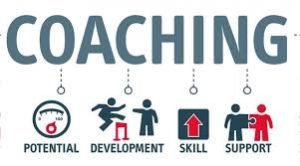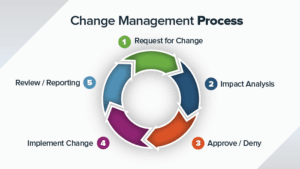The financial industry has, for long, been keen followers of technological advancements for their own benefit. Many big names in the industry have been early adopters of disruptive technologies in a bid to streamline processes, reduce manual labour and negate the chances of error.
Artificial intelligence is a paradigm-shifting field that the financial industry has forayed into very recently, sitting still at the tip of the iceberg. Here is a breakdown of the trends, growth, and scope of Artificial intelligence in the FinTech industry during the years to come.
AI in FinTech: Global Market Share, Size and Investment Analysis
In 2019, the AI in the FinTech market was estimated at USD7.2 billion. By 2025, this figure is expected to reach a staggering USD35.40 billion, according to a Mordor Intelligence report. The Compound Annual Growth Rate (CAGR) has been put at 31.5% for the years between 2020 and 2025.
This double-digit surge is no doubt a result of exponential technological advancements and deeper penetration of the internet. Software tools are expected to receive the largest market share because the need of the hour, and the foundation of all further processes, is the extraction of data.
When it comes to deployment, cloud-based AI developments are expected to rake in the highest CAGR in the following years when compared to on-premise deployments. This goes hand in hand with the shift in data storage and management from on-site servers to remote, centrally-controlled cloud silos to facilitate better access and higher security.
Regionally, AI in FinTech is gaining traction across many geographical splits. The current largest market is North America; however, Asia Pacific is expected to see the fastest growth in the coming years. This comes off the back of massive research and development investments in developed economies in the United States and Canada. Europe, South America, Africa and the Middle East will also see a surge in AI adoption and advancements, though perhaps not at the scale of Asia Pacific as yet.
AI in FinTech: Trends and Growth
Fraud prevention: AI is expected to be deployed the most to ensure fraud detection and prevention. Naturally, this segment will drive most of the IT expenditure in companies of varying sizes. This trend appears in a bid to keep up with the changing face of fraud in the FinTech industry as well as the greater proliferation of digital channels and the need to secure them all.
Transactional bots: As financial entities solidify their online presence, transactional bots and digital assistants will increase to keep up with remote demands. Apart from managing customer relationships, these assistants will also be equipped to deal with term life renewals, cheque or balance notifications, withdrawal limit warnings and more.
Risk profiling: AI will become a massive driving force in evaluating client credit risk and creating profiles. Using historical client data and outliers, logical algorithms can segregate risks by range, allowing advisors and risk managers to make more accurate mitigation decisions.
AI in FinTech: Challenges
Cultural changes: With changing landscapes and evolving customer demands, cultural shifts within the company are inevitable. Employees at all levels must be reoriented so that the introduction of AI becomes helpful rather than disruptive.
Security: Increased exposure to digital forums, ironically, also means being laid bare to cyber-threats. While adopting artificial intelligence in any form, financial entities must strengthen security systems at the same time.
In light of the changes to come, it is imperative that new-age students enrol in a FinTech online course that encourages deeper thinking. With every shift in the level of computational power, FinTech industry leaders will be seen integrating beyond-human technologies into nearly every critical stage of their operations. The leaders of tomorrow, then, will benefit from a FinTech online course that preps them to make and implement these changes with minimum disruption and maximum confidence.








 This means that leaders should be accountable and hold the responsibility of their team’s outcomes, whether win or lose. A leader inspires the team to move towards success together rather than doing it alone.
This means that leaders should be accountable and hold the responsibility of their team’s outcomes, whether win or lose. A leader inspires the team to move towards success together rather than doing it alone. Effective leaders are strong influences and negotiators, who can readily accept that it is not about their power to dominate, but the power to influence and negotiate that matters more to achieve results.
Effective leaders are strong influences and negotiators, who can readily accept that it is not about their power to dominate, but the power to influence and negotiate that matters more to achieve results. It is normal to experience challenges during changes. It is during this time that the leaders should be able to instill confidence in their employees to stay calm through the storm and make them believe that changes are a part of growth and should be considered as lessons.
It is normal to experience challenges during changes. It is during this time that the leaders should be able to instill confidence in their employees to stay calm through the storm and make them believe that changes are a part of growth and should be considered as lessons.